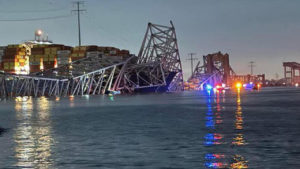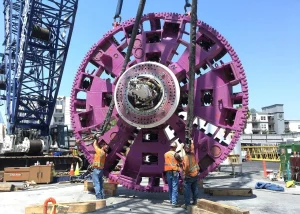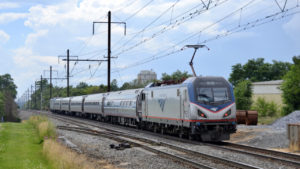‘Significant Drop in Condition’: CN Inspection of Bridge that Collapsed Last May
Written by Jennifer McLawhorn, Managing Editor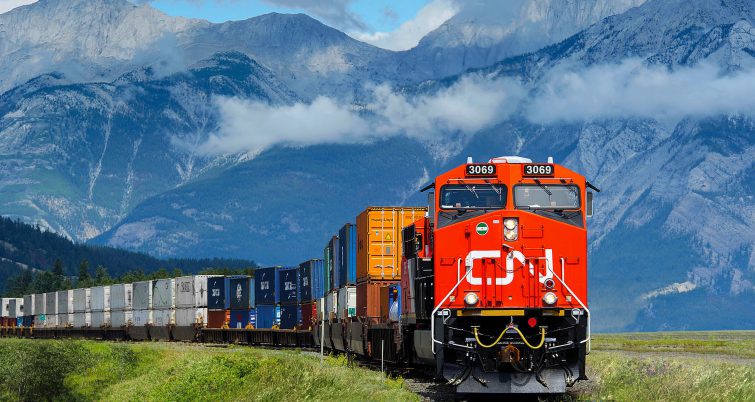
KINGSTON, ONTARIO – An inspection by CN found part of the crossing that collapsed earlier this year had seen a “significant drop in condition.”
On May 5th of this year, six train cars derailed and two “tumbled into Little Cataraqui Creek below” in Kingston, Ontario. Subsequently, five to ten liters of adipic acid (used in the food industry) leaked. However, no injuries were reported. To allow for cleanup, “part of Bath Road, a major commuter artery through the city, was shut down for four days.” Now that it is months later, there is still no clear reason “whether the bridge collapse caused the cars to crash, or if it was the derailment that caused the bridge to break.”
Now, CBC News has reported that “an inspection by CN rail found components of the crossing [in Kingston, Ontario] had seen a ‘significant drop’ in condition,” months before a derailment and bridge collapse. According to the report, this is the third derailment in as many years.
Originally, the bridge was scheduled for repairs this upcoming November, “but despite the severity of the condition, the company didn’t provide instructions to fix the problem, monitor the span or re-evaluate its safe load capacity in the meantime.” These were among 40 issues from Transport Canada rail safety inspectors “along the five-kilometre section of track called the Cataraqui Industrial Spur.” Former Director of Rail Investigations with the Transportation Safety Board of Canada, Ian Nash summarized the report and commented that it was “shabby maintenance. . . You wouldn’t expect a litany of problems like that.”
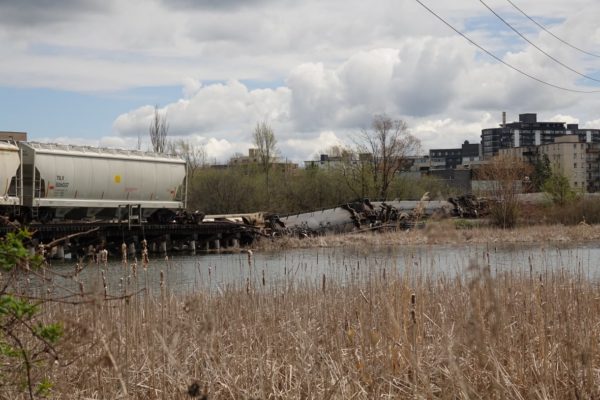
Additionally, the Transportation Safety Board rated “the incident a Class 5,” meaning data was collected regarding the incident, but there were no investigators on the scene.
The 22-page report “detailing Transport Canada’s inspection reports following the latest incident” identifies “32 issues with the signals and road crossings and four concerns each with the track and bridge.” The inspection conducted by Transport Canada found that “CN’s inspections of the span weren’t carried out at the required frequencies and pointed specifically to a 2020 underwater report that indicated algae at the site, but didn’t provide any further evaluation of the bridge substructure or riverbed.” Moreover, an underwater probe from this year “didn’t provide riverbed condition or sampling of the timbers.”
Last year, a CN inspection “rated some bents – the piles and base that support a bridge over water – near Bath Road as being in poor condition.” This led CN to carryout follow-up inspections last November and this past March, but there are no documents indicating “any instructions to monitor the bridge or initiate a temporary order for engineers to slow down while crossing.” Transport Canada found that CN’s inspections weren’t monitored, protected, corrected, or re-evaluated, and that it was “also not observing its BSMP around record keeping.”
Back in 2020, another report was provided by “an external contractor” who also found algae, but Transport Canada said the inspection “failed to provide an update on the condition of the bridge’s substructure” and that there was no further action to evaluate the structural integrity.
In response, CN stated that it “carries out regular inspections and acts promptly when issues are identified, including along the Cataraqui Spur. . . [It also] completed a ‘thorough exploration’ of the track structure using its automated technology, replaced railway ties, added crushed rock to the rail bed and made other repairs.” The Class I also stated that it was appropriate to schedule repairs for later this year, and its own investigation into the incident is still ongoing.
Because of the number of derailments that have occurred over the past three years on the “same short section of track”, Naish said that “TSB should have done an investigation to identify possible patterns or issues in order to improve safety going forward, describing it as ‘an opportunity that was missed.’” Transport Canada has received a response from CN about its inspection (along with corrective actions), but “those changes are considered business decisions, so it cannot share further information.”

